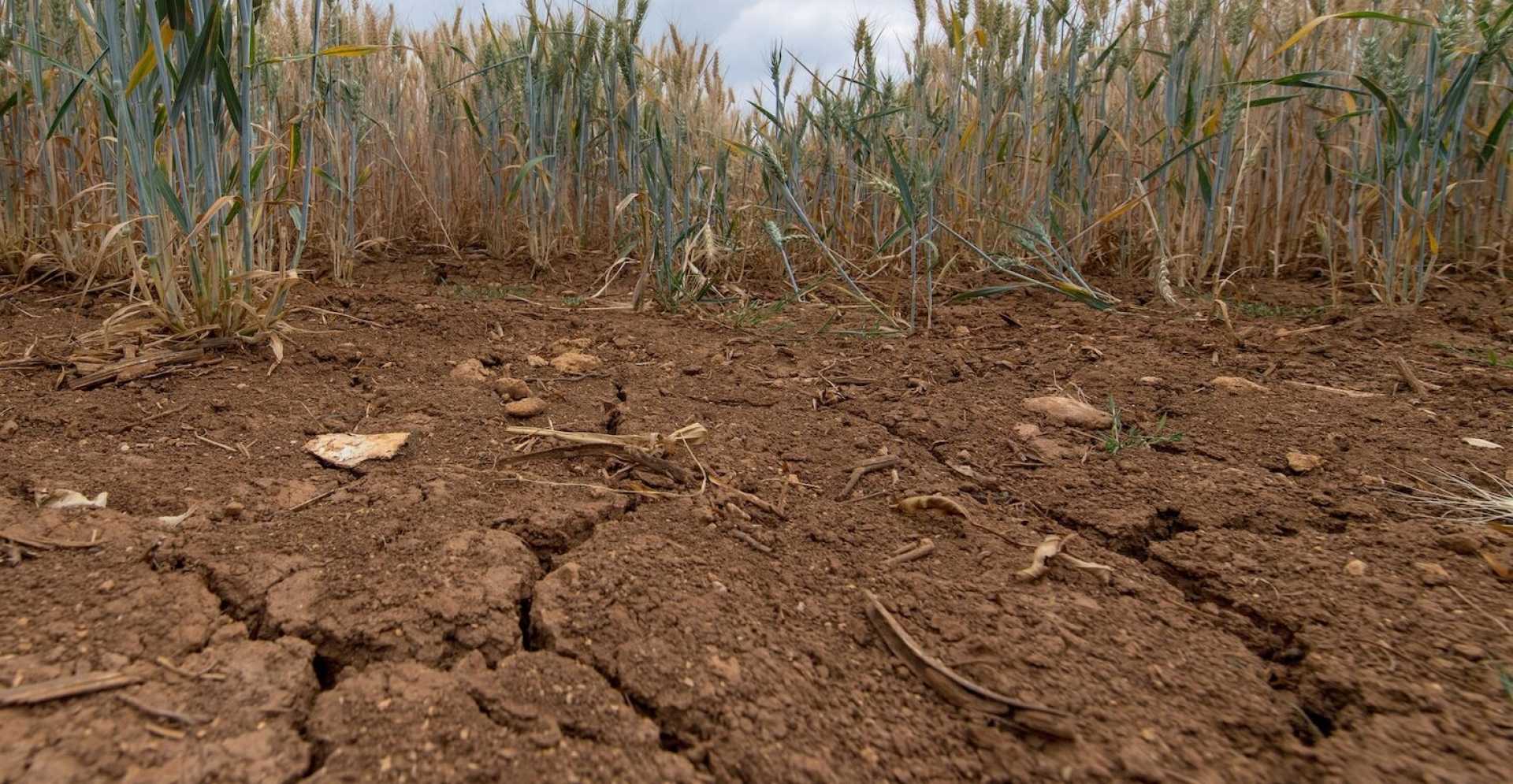News
Earth’s Soil Moisture Loss May Cause Irreversible Climate Effects, Study Shows

LEIPZIG, Germany – A new study published in the journal Science warns that Earth has experienced sufficient soil moisture loss over the past four decades to significantly alter the planet’s spin and shift the North Pole’s position. Scientists indicate this depletion of water from land to oceans is largely irreversible and stems from human-induced disruptions to the global water cycle.
The study highlights that large regions in East and Central Asia, Central Africa, North and South America, have exhibited pronounced soil moisture depletion, with the issue extending to Europe and the Eastern U.S. since 2021. Researchers estimate a staggering total of 2,614 gigatons of moisture was lost globally from 2000 to 2016, with no signs of recovery.
“We are witnessing an irreversible shift in terrestrial water sources due to current climate changes,” says Luis Samaniego, a hydrology researcher at the University of Potsdam. “The continents are drying out over time,” he notes. This significant decline in soil moisture correlates with a measurable increase in sea level and changes in the Earth’s axial wobble.
Researchers suggest it would take well above-average rainfall for over a decade in some regions to recover from the prolonged drought conditions. “This is permanent, at least for our time scale,” added Samaniego.
The study found that between 2000 and 2002, soils lost approximately 1,614 gigatons of water, representing a significant downward step in global soil moisture, which has yet to recover. This drop has continued, with an additional 1,009 gigatons lost from 2003 to 2016. For context, the Greenland Ice Sheet’s melting amount during 2002-2006 was about 900 gigatons.
Dongryeol Ryu, an environmental hydrologist at the University of Melbourne and co-author of the study, noted that the early 2000s showed an unusual increase in sea level that seemed unnatural. “When trends look too strange, scientists look for errors,” he explained. Upon eliminating other factors, they discovered a correlation between the increase in sea level and the loss of soil moisture, with approximately 1 millimeter of sea level rise for every 360 gigatons of water lost from the land.
Ryu warned of the potential drying effects on lakes and streams, which may persist despite future rainfalls, emphasizing the need for comprehensive ground monitoring to assess water levels accurately, as funding for such efforts declines.
Research methods combined satellite data, measurements of sea levels, and data on changes in polar motion. The analysis indicated that the redistribution of water related to soil moisture loss significantly affects Earth’s spin, corroborating the evidence that changes are genuine and troubling.
Clark Wilson, a geoscientist and professor emeritus at the University of Texas, noted that understanding where the exact point of Earth’s rotation is relative to fixed points informs modern GPS navigation systems. “Changes in polar motion are sensitive to geographical distribution of mass,” he explained. The Gravity Recovery and Climate Experiment (GRACE) satellite mission has offered insights into terrestrial water changes through gravitational measurements.
The study’s findings, which reflect ongoing declines in soil moisture since the 1980s alongside rising global temperatures, underpin a chilling assessment of the planet’s hydrological future. “Droughts are becoming more frequent and intense, impacting agriculture and ecosystems,” he added.
As temperatures increase, the water demands of plants also rise, further stressing already depleted water resources. “Without significant changes to water use and emissions of greenhouse gases, this trend is poised to continue,” Professor Jacobs of the University of Arizona stated.
This research highlights the critical importance of monitoring soil moisture levels globally to better prepare for the long-term impacts of drought, an often-overlooked disaster that escalates steadily over time.
“Drought impacts don’t manifest immediately,” stresses Ryu, reinforcing the urgent need for ongoing analysis and intervention. “We need to be prepared in advance to mitigate long-lasting consequences.”












